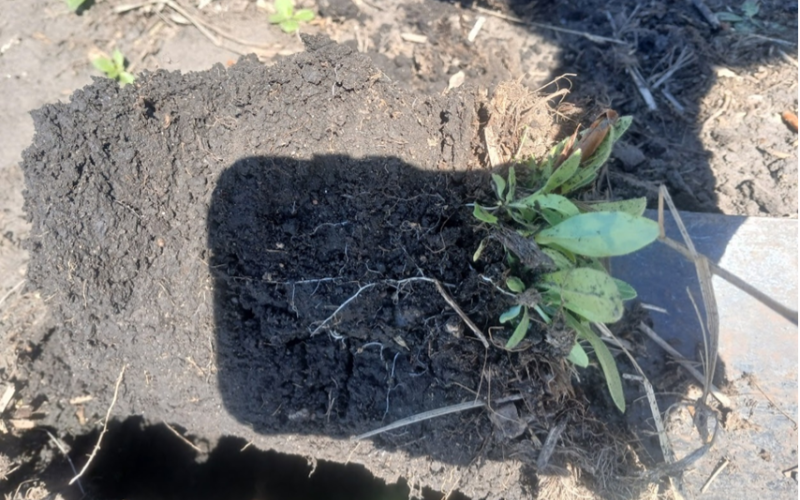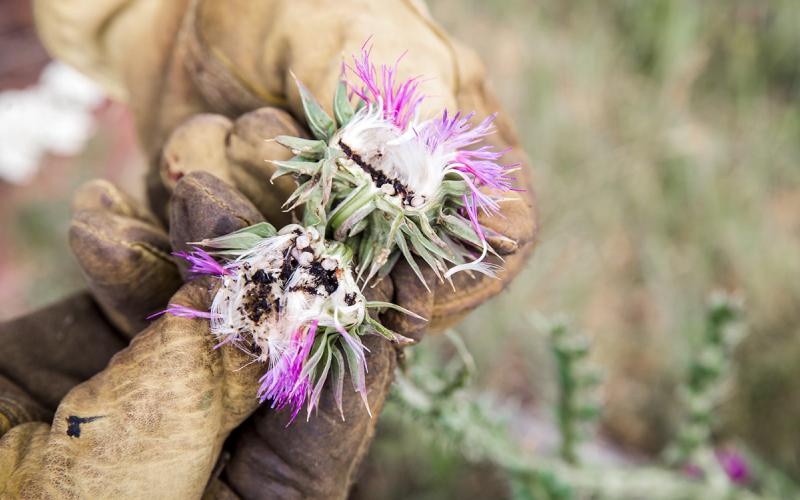The intent of this publication is to serve as a general guide to South Dakota landowners who are considering or who have allowed energy or other industrial development on their property and includes guidance on avoidance, pre-contract negotiations, and post-disturbance restoration or reclamation. Guidance includes common native species suggestions that are generally suitable for most areas of South Dakota. Local adjustments to common native species may be necessary. Landowners should seek additional guidance on specific varieties of plants from local rangeland, habitat, or restoration professionals.
Best Management Practices Guide for Restoration of Native Grasslands and Sensitive Sites Resulting from Energy or Industrial Development
Related Content

Effect of Camelina Cover Crop on Soil Health and Corn Yield
Study results focused on the effect of camelina cover crop on soil health and corn yield.

Finding Technical and Financial Assistance for Fish Barrier Removal and Mitigation
Manmade barriers can limit the movement of many aquatic species and prevent them from gaining access to critical habitats. For public entities and private individuals interested in the removal or mitigation of those barriers, both technical and financial assistance is available.

Now is the Time to Plan for Noxious Weed Control in 2026
Most of South Dakota experienced first frosts that were delayed by at least one month, allowing for noxious weed growth to continue later in the season. Now is the time to plan for noxious weed management tactics.